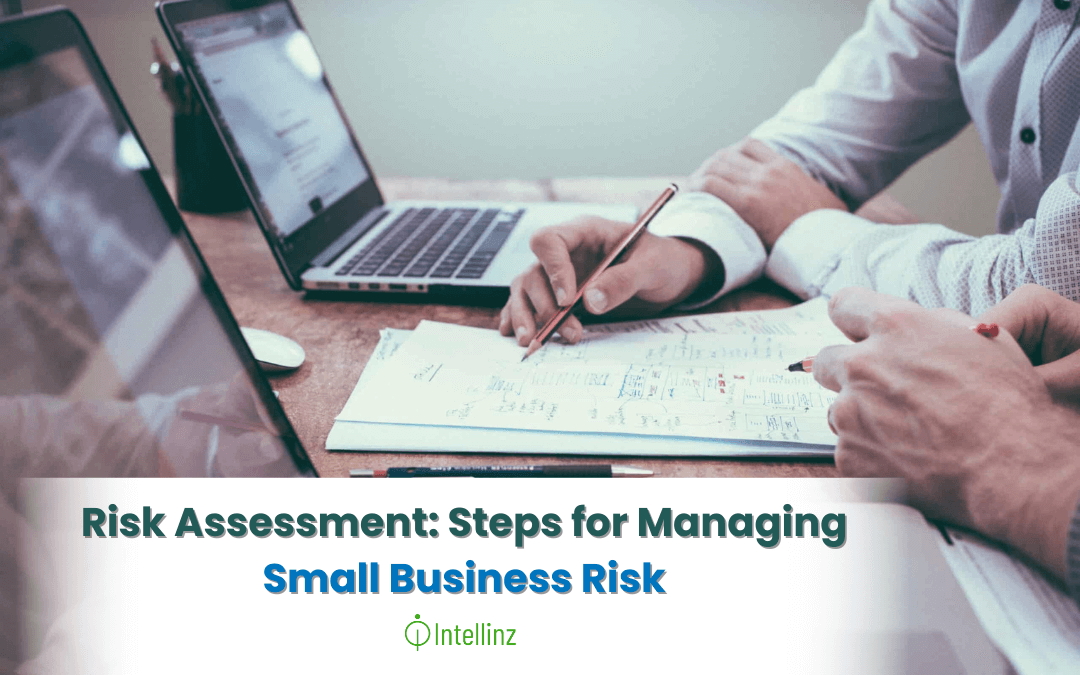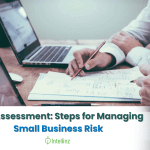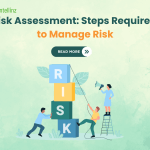Running your own business is one of the most satisfying things you can do, but no reward comes without risk. There will always be unanticipated problems, and even the most seasoned entrepreneurs cannot predict every problem.
However, risk assessment means the difference between your small business succeeding and failing. That is why every small business owner must understand how to conduct a risk assessment as part of a sound risk management plan.
In this article we will discuss on how small business owners can assess risk.
Understanding Business Risk Assessment
A risk is a scenario that has the potential to provide enormous advantages or cause significant financial harm to a small organization. A risk can occasionally lead to the closure of a firm. Before taking risks in your firm, undertake a risk analysis.
A risk assessment for small businesses is an approach for determining the various consequences of a risk. The assessment enables you to make sound business decisions and avoid financial problems.
How to do a Risk Assessment
There is no single way to analyze business risk. When determining your level of risk, the assessment is not completely correct. A small business risk analysis shows you the potential results of your business decisions. Follow the procedures below to conduct a financial risk assessment.
Step 1: Identify Risks – The first stage in controlling company risks is to identify which situations are financially risky. Consider the potential impact a risk could have on your firm. Then consider your goals and the potential benefits of taking the risk. Risks vary depending on your business, geography, and sector.
Step 2: Document the hazards– Once you’ve compiled a list of potential company hazards, document them. Create a process for weighing the impact of each risk. Consider the extent of the risk’s potential damage and the difficulty of recovery. Create a grading system for dangers ranging from mild to severe.
Step 3: Appoint Monitors– Determine who in your company will be in charge of risk management. The risk monitor could be you, a partner, or an employee. Determine how hazards should be disclosed and managed. Issues can be resolved more smoothly when risk management measures are in place.
Step 4: Determine the Controls– After you’ve identified potential hazards, figure out what measures you can apply to mitigate them. Look for patterns over time to estimate your revenue cycle. Also, evaluate the impact these risks have on your firm. Consider the importance of a risk as well as its likelihood of arising in your firm.
Step 5: Review frequently– Your business risk assessment is an ongoing commitment. Annually, review your risk management systems to determine how you handle hazards. Keep an eye out for new dangers that may not have been included in past assessments.
The Purpose of Risk Assessments
Risk assessments are an essential component of running a business. You can utilize your company risk assessment to make decisions and fund your venture.
A simple risk assessment can help you avoid problems that could harm your finances. The assessment tells you of the steps you must take to secure your business. You can discover which scenarios you should address and avoid.
In Summary
Risk assessment is a necessary step toward long-term success. The seven steps outlined above should get you started on developing a risk management plan, but they are only starting points.
A thorough understanding of your company and industry will assist you in developing a risk management strategy that has the potential to salvage the business you have fought so hard for.






